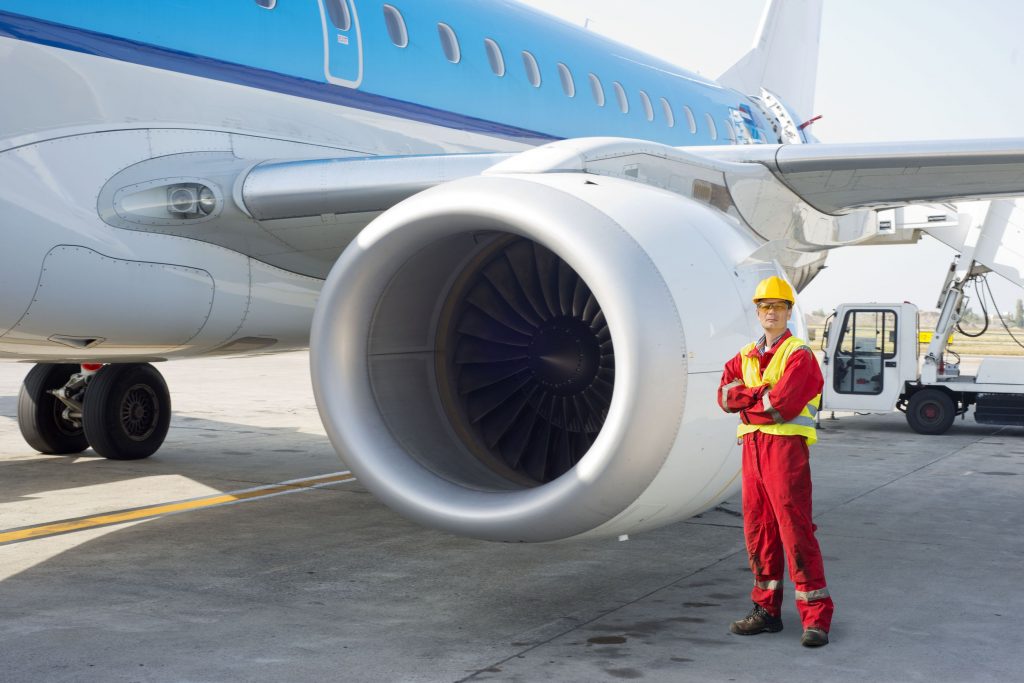
When someone is injured or killed in a plane crash, the Federal Aviation Administration (FAA) usually attributes the cause to “pilot error”. In some cases, however, the cause of the accident can be traced to a manufacturing defect in the aircraft itself. In these cases, under certain circumstances the manufacturer of the aircraft or a component thereof can be held liable for the accident.
Product Liability
Product liability law has been enacted in every U.S. state (and in some foreign jurisdictions). Under general principles of U.S. product liability law, any party in the chain of distribution of a defective and unreasonably dangerous product can be held liable for all damages arising therefrom, with no need to prove that the defendant was at fault (the distributor of a product, for example, can be held liable for a manufacturing defect even though it did not manufacture the product).
In the case of a plane crash, the plaintiff is normally (i) a person injured in the crash or (ii) a close relative or the estate executor of a person killed in the crash. Product liability law will support either cause of action.
Statute of Repose and Statutes of Limitations
A statute of repose imposes a time limit on a plaintiff’s ability to file a product liability lawsuit, based on the length of time between the date of manufacture of the product and the date that the accident occurred. Although the various states are free to enact their own statutes of repose, the federal General Aviation Revitalization Act has imposed an 18-year statute of repose on aircraft product liability lawsuits that trumps all contrary state law. Certain exceptions to this 18-year statute of repose apply, however, such as when the manufacturer conceals safety information from the FAA.
A statute of limitations imposes a time limit on the plaintiff’s ability to sue based on the length of time that passes between the date that the claim arises and the date that the lawsuit is first filed. In a personal injury lawsuit, for example, the statute of limitations clock begins running on the date of the accident, while in a wrongful death lawsuit it begins running on the date of the victim’s death. Although the length of the applicable statute of limitations varies from state to state, two or three years is typical.
Gray Area – The Montreal Convention
The Montreal Convention, an international treaty designed to facilitate compensation by plaintiffs with claims arising from plane crashes on international routes, allows plaintiffs to win up to approximately $160,000 from an airline without having to prove that the airline itself was at fault for the accident. If the claim exceeds $160,000, the airline can avoid liability by establishing that it was not negligent (if the crash was caused by a defectively manufactured aircraft component, for example). It is still an unsettled question of law, however, whether the Montreal Convention restricts the right of plaintiffs to sue aircraft manufacturers under state law.
NTSB Investigations
A product liability lawsuit over a manufacturing defect is likely to be technically complex and highly reliant on the findings of the National Transportation Safety Board (NTSB), the U.S. government agency responsible for determining causes of plane crashes. Since the NTSB is typically at least partially dependent on information that it solicits from aircraft manufacturers during its crash investigations, its investigation report could be biased due to the aircraft manufacturer’s conflict of interest, and it may have to be challenged in court.
Obviously, product liability lawsuits arising out of plane crashes can be highly complex cases that require the services of an experienced aviation lawyer.
The post Tricky Legal Issues in Product Liability Lawsuit against Aircraft Manufacturers appeared first on PlaneCrashLawyersNetwork.com.



Leave a Comment